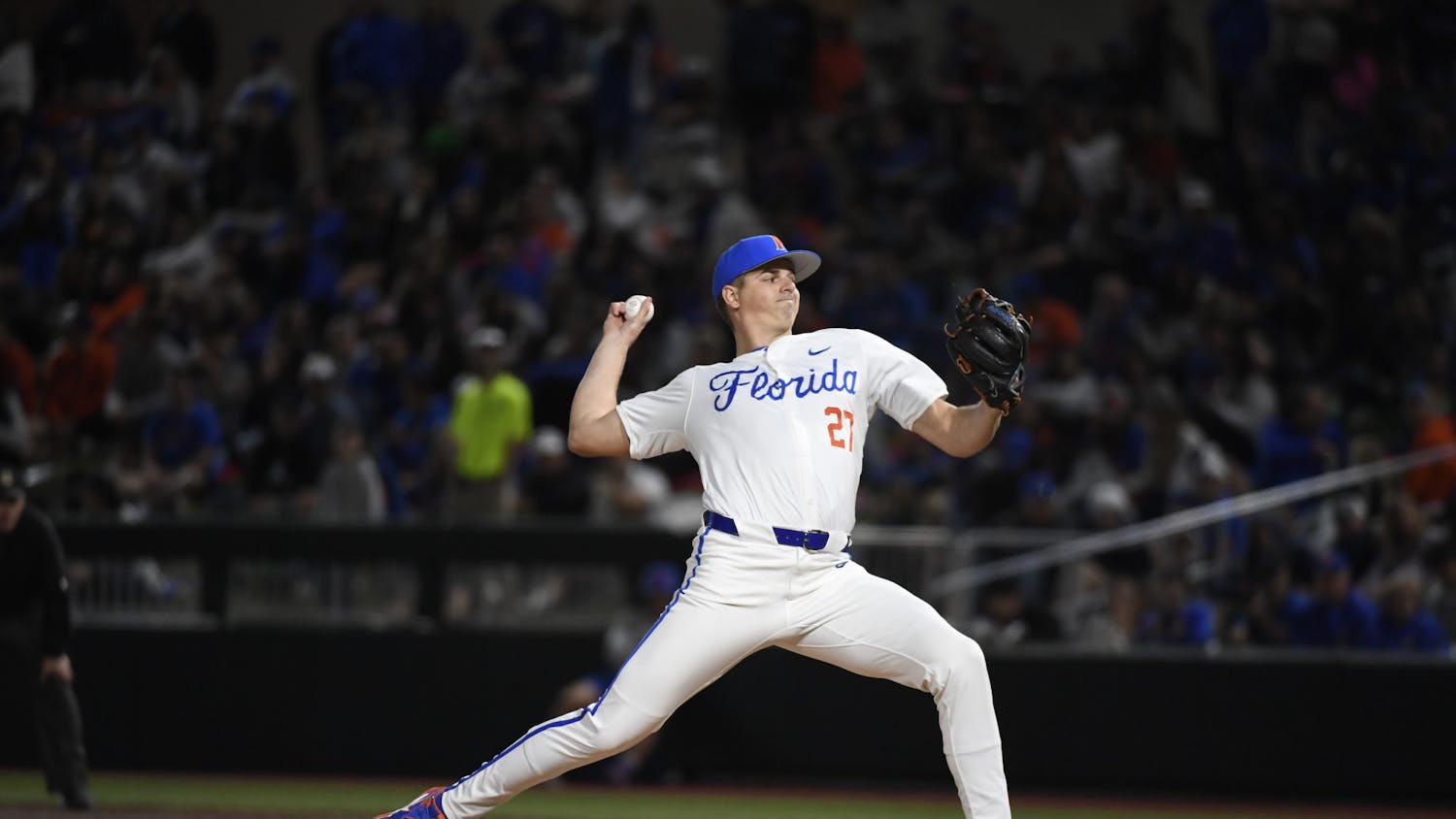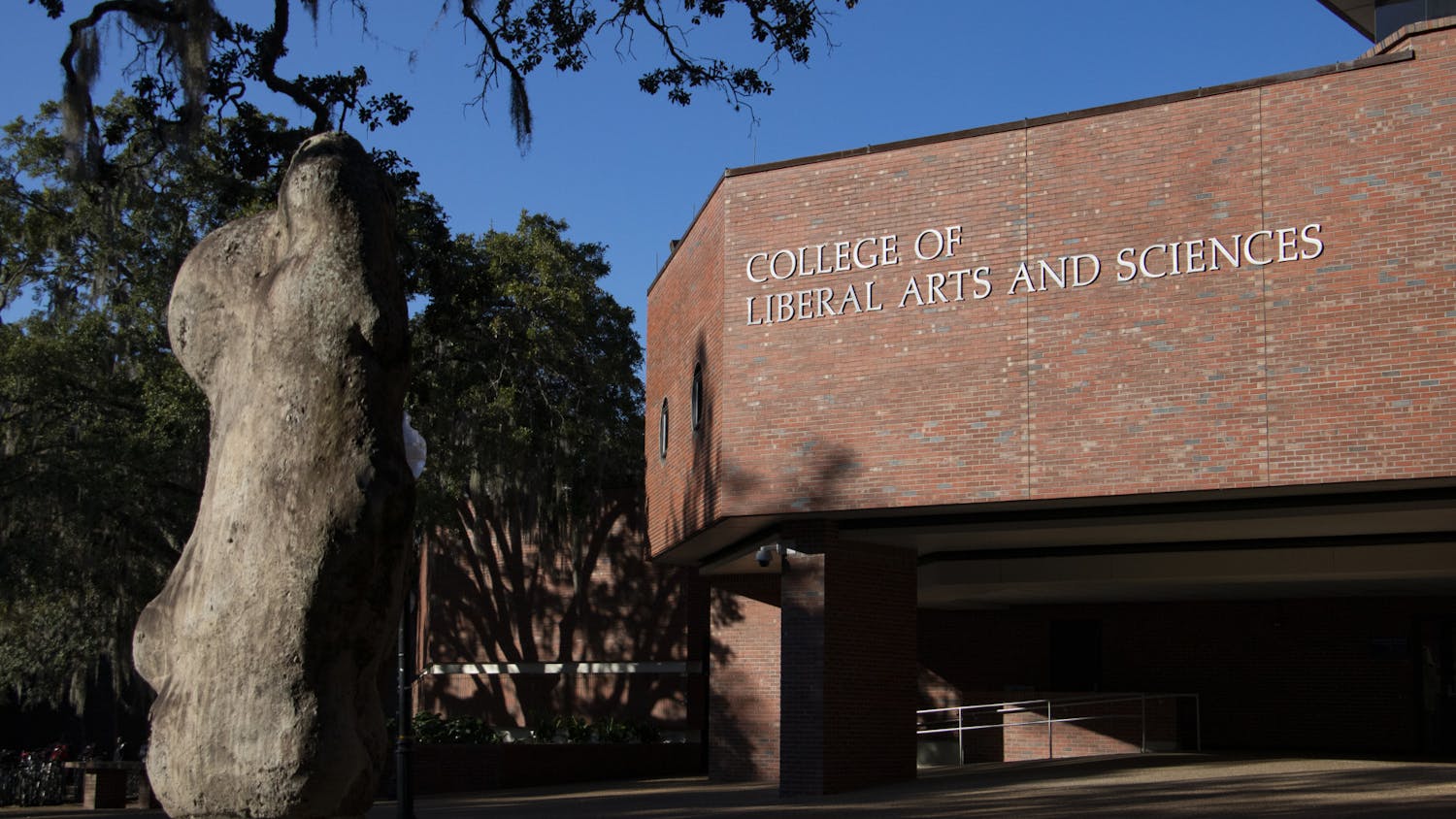UF study sends mice into space
UF sent mice to space.
A NASA-funded study, done in part by UF, focused on the muscle responses of mice that were in a space shuttle for two weeks. UF applied physiology and kinesiology professor Elisabeth Barton said she led the university’s part of the study.
She said the study, conducted at the NASA Shuttle Site in Titusville, looked at the strength and size of the mice’s muscles, specifically studying the differences between mice in space and those on Earth.
The study found mice in space lost strength and mass in their leg muscles. They also lost cheek muscle strength, Barton said, but it was not as significant as their leg-strength loss.
She attributed the cheek muscle strength to the mice’s chewing while they were in space.
"They were actually experiencing some load because they were chewing and generating force, but they were still up in space," Barton said.
The study’s results could help prevent muscle changes in future patients she said.
"That’s a nice example of saying that even if you are in an anti-gravity situation or bed rest, if you exercise the muscles or move them around, then they can be protected from this loss of mass," Barton said.
- Anisha Dutt
UF study proves humans caused some species’ extinction
For some animals, ice ages are easier to deal with than people.
Through fossil analysis, UF researchers found certain animal species could more easily survive the lasting effects of an ice age than they could the effects of human contact, according to a study published Monday.
Ten thousand years ago, 22 species of birds, reptiles and mammals living on Abaco Island in the Bahamas survived climate change and rising water levels that resulted from the end of an ice age.
But when humans came to the island about 1,000 years ago, the animals were wiped out, said David Steadman, who led the research.
"The species that are still living in Abaco are my heroes," the ornithology curator at the Florida Museum of Natural History said. "They’ve been through a lot."
The excavations had been going on for about three years, but the analysis of the fossils happened in the past year, said Hayley Singleton, 29, the study’s co-author and a UF master’s student in the department of anthropology.
A new $375,000 National Science Foundation grant will allow further exploration on the caves of the Caribbean island in December, Steadman said.
"We know that humans alter their environments all the time," Singleton said.
Steadman said his findings can help the public better understand extinction from a long-term perspective.
He said the first humans on Abaco probably made fires, hunted animals and brought invasive species, which we continue to do today.
He said he was surprised at how much devastation one species can do to the rest of nature.
Singleton said what happened 1,000 years ago is still happening today, but people don’t realize their actions have consequences.
She said humans are capable of causing another mass extinction, and if they do, climate change will play a role.
"I’m really worried," she said.
- Martin Vassolo





